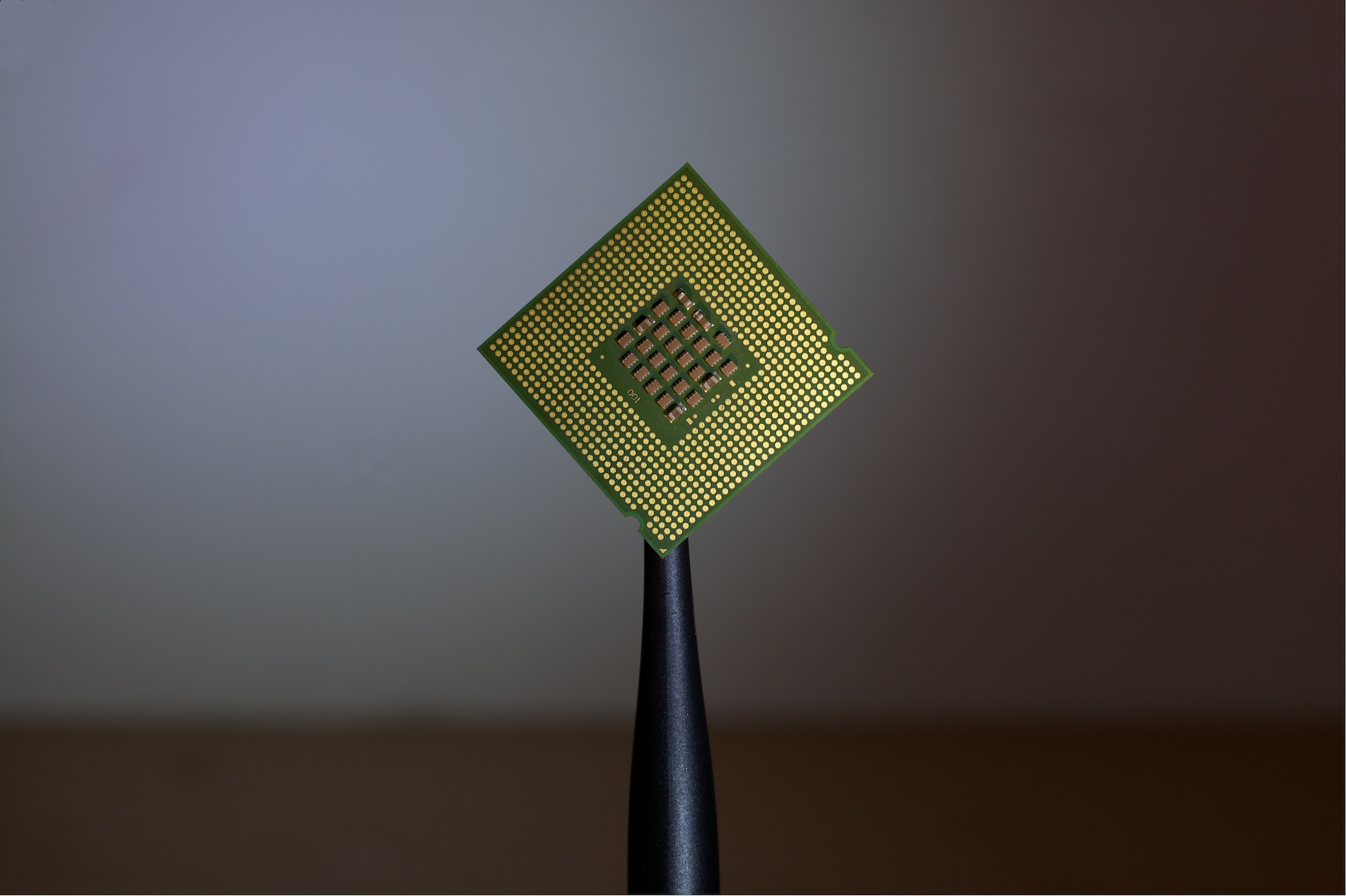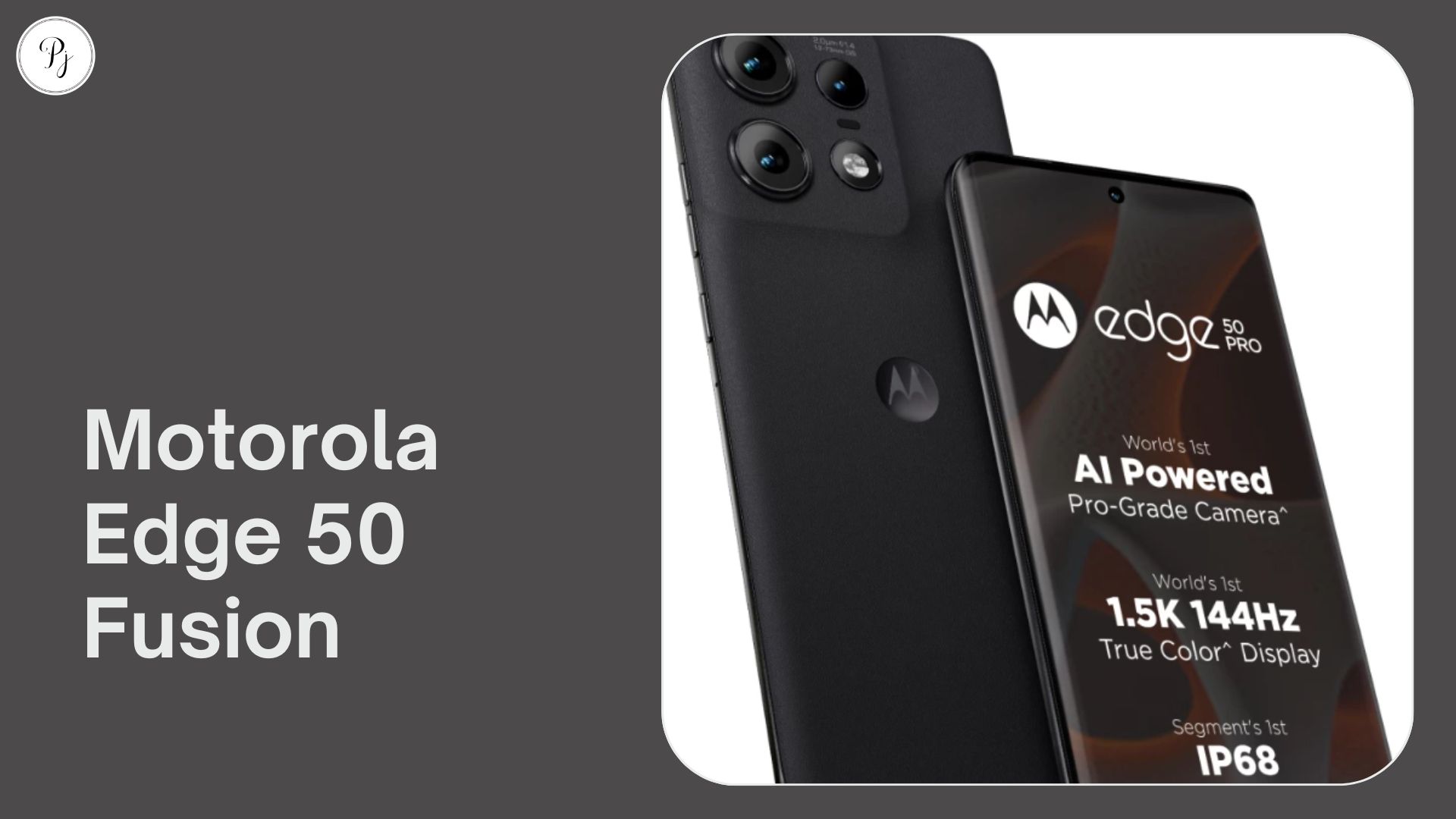Biosensors are devices that combine biological components with physical or chemical detectors to measure the presence or activity of a specific substance in a sample. Biosensors have many applications in various fields, such as medicine, agriculture, food safety, environmental monitoring, and biotechnology. In this article, we will explore some of the latest developments and trends in biosensor research and technology, and how they can revolutionize the diagnosis and treatment of various diseases.
What are Biosensors and How Do They Work?
A biosensor typically consists of three main parts: a bio-receptor, a transducer, and an electronic system. The bio-receptor is a biological molecule or material that can recognize and bind to the target substance (also called the analyte) in the sample. The bio-receptor can be an enzyme, an antibody, a nucleic acid, a cell, or a biomimetic material. The transducer is a device that converts the biological interaction between the bio-receptor and the analyte into a measurable signal, such as electrical, optical, piezoelectric, or electrochemical. The electronic system processes and displays the signal in a user-friendly way, such as a digital readout, a color change, or a sound.
The working principle of a biosensor can be illustrated by an example of a glucose biosensor, which is widely used by diabetic patients to monitor their blood sugar levels. The bio-receptor in this case is an enzyme called glucose oxidase, which catalyzes the oxidation of glucose to gluconic acid and hydrogen peroxide. The transducer is an electrode that measures the current generated by the oxidation of hydrogen peroxide. The electronic system converts the current into a voltage that corresponds to the concentration of glucose in the blood sample.
Types of Biosensors
There are many types of biosensors based on different biological components and physical principles. Some of the most common ones are:
- Enzyme-based biosensors: These use enzymes as the biological component to catalyze specific reactions with the analyte. The reaction may produce or consume a substance that can be measured by the physical component. For example, glucose oxidase is an enzyme that converts glucose into hydrogen peroxide and gluconic acid. This reaction can be detected by measuring the change in pH or the current generated by the oxidation of hydrogen peroxide at an electrode.
- Immunosensors: These use antibodies as the biological component to bind to specific antigens on the surface of the analyte. The binding may cause a change in the optical properties of the antibody or the antigen, such as fluorescence or reflectance. Alternatively, the binding may trigger a secondary reaction that produces a measurable signal. For example, an immunosensor for detecting HIV may use an antibody that binds to a protein on the virus and then releases an enzyme that catalyzes a colorimetric reaction.
- DNA-based biosensors: These use DNA strands as the biological component to hybridize with complementary DNA sequences on the analyte. The hybridization may cause a change in the optical properties of the DNA strands, such as fluorescence or absorbance. Alternatively, the hybridization may trigger a secondary reaction that produces a measurable signal. For example, a DNA biosensor for detecting genetic mutations may use a DNA strand that hybridizes with a normal gene sequence and then releases a reporter molecule that emits light.
- Cell-based biosensors: These use living cells as the biological component to respond to the analyte. The response may be a change in the metabolic activity, membrane potential, gene expression, or secretion of the cells. The physical component then measures this change using various techniques, such as electrochemistry, microscopy, spectroscopy, or microfluidics. For example, a cell-based biosensor for detecting toxins may use bacteria that produce bioluminescence when exposed to toxic substances.
Applications of Biosensors
Biosensors have many applications in various fields and industries. Some of the most important ones are:
- Medical diagnostics: Biosensors can be used to diagnose diseases and monitor health conditions by detecting biomarkers in blood, urine, saliva, or other body fluids. For example, glucose biosensors can measure blood glucose levels for diabetic patients; hormone biosensors can measure hormone levels for fertility or pregnancy tests; infection biosensors can detect pathogens or antibodies for infectious diseases; cancer biosensors can detect tumor markers for cancer screening or therapy.
- Food safety: Biosensors can be used to check the quality and safety of food products by detecting contaminants, allergens, toxins, or pathogens. For example, pesticide biosensors can detect pesticide residues in fruits and vegetables; gluten biosensors can detect gluten proteins in food products for people with celiac disease; toxin biosensors can detect aflatoxins or botulinum toxins in food products for preventing food poisoning; pathogen biosensors can detect bacteria such as E. coli or Salmonella in meat or dairy products for preventing foodborne illnesses.
- Environmental monitoring: Biosensors can be used to monitor the quality and pollution of water, air, soil, or biota by detecting pollutants, toxins, metals, or microorganisms. For example, heavy metal biosensors can detect lead or mercury in water sources; toxin biosensors can detect cyanobacteria toxins in water sources; gas biosensors can detect volatile organic compounds or greenhouse gases in air samples; microorganism biosensors can detect harmful algae blooms or biofilms in water sources.
- Biotechnology: Biosensors can be used to optimize bioprocesses and bioproducts by detecting metabolites, enzymes, proteins, or nucleic acids. For example, metabolite biosensors can measure glucose or lactate levels in fermentation processes; enzyme biosensors can measure enzyme activity or inhibition in biocatalysis processes; protein biosensors can measure protein expression or purification in recombinant protein production; nucleic acid biosensors can measure gene expression or regulation in genetic engineering.
- Security is another important area where biosensors can play a vital role. Biosensors can be used to detect and identify various threats to human and environmental safety, such as explosives, chemical warfare agents, bioterrorism agents, and radioactive materials. These devices can provide rapid, sensitive, and specific detection of these threats in various scenarios, such as airports, borders, battlefields, and public places. These can also be integrated with wireless communication and data analysis systems to provide real-time information and alerts to the relevant authorities.
Some examples of biosensors for security applications are:
- Biosensors for chemical warfare agents’ detection: These devices use biological molecules or materials that can react with chemical warfare agents or their metabolites and produce a measurable signal. For example, some of them use enzymes that catalyze the hydrolysis of organophosphorus compounds, which are common components of nerve agents. Other biosensors use antibodies, which are proteins that can bind to specific antigens with high affinity and specificity. Antibodies can be used to detect chemical warfare agents such as sarin, soman, or VX.
- Biosensors for bioterrorism agents’ detection: These devices use biological molecules or materials that can detect and identify various pathogens or toxins that can be used for bioterrorism attacks. For example, some of them use nucleic acids, such as DNA or RNA, that can hybridize with complementary sequences of the target pathogen or toxin. Nucleic acids can be used to detect bioterrorism agents such as anthrax, plague, or ricin. Other biosensors use cells, such as immune cells or bacteria, that can respond to the presence of the target pathogen or toxin by changing their morphology, metabolism, or fluorescence. Cells can be used to detect bioterrorism agents such as botulinum toxin, cholera toxin, or staphylococcal enterotoxin.
- Biosensors for radioactive materials detection: These biosensors use biological molecules or materials that can interact with radioactive materials or their radiation and produce a measurable signal. For example, some of them use enzymes that catalyze the oxidation of luminol, which is a compound that emits light when oxidized. Enzymes can be used to detect radioactive materials such as uranium, plutonium, or cesium. Others use microorganisms, such as algae or fungi, that can accumulate radioactive materials or their metabolites and produce a measurable signal. Microorganisms can be used to detect radioactive materials such as strontium, iodine, or tritium.
What are the Advantages and Challenges of Biosensors?
Biosensors offer many advantages over conventional methods of analysis, such as:
- High sensitivity and specificity: Biosensors can detect very low levels of analytes with high accuracy and selectivity, thanks to the high affinity and specificity of biological molecules.
- Fast response and real-time monitoring: Biosensors can provide rapid and continuous measurements of analytes without the need for complex sample preparation or laboratory equipment.
- Low cost and portability: Biosensors can be miniaturized and integrated into portable devices that can be used at the point-of-care or in remote locations.
- Multiplexing and integration: Biosensors can be designed to measure multiple analytes simultaneously or sequentially using different bio-receptors and transducers on the same platform. These can also be integrated with other technologies, such as microfluidics, nanomaterials, wireless communication, and artificial intelligence.
However, biosensors also face some challenges that limit their widespread adoption and application, such as:
- Stability and reproducibility: Biosensors often suffer from degradation or loss of activity of biological components due to environmental factors, such as temperature, pH, humidity, or contaminants. It also needs to be calibrated and validated regularly to ensure consistent performance.
- Interference and cross-reactivity: Biosensors may encounter interference from other substances in complex samples, such as blood, urine, or saliva. These devices may also show cross-reactivity with other analytes that have similar structures or properties to the target analyte.
- Standardization and regulation: Biosensors need to meet certain standards and regulations for quality control, safety, ethics, and data privacy. These also need to be compatible with existing diagnostic protocols and systems.
What are the Latest Trends and Innovations in Biosensor Research?
Biosensor research is a dynamic and interdisciplinary field that involves scientists from various disciplines, such as biology, chemistry, physics, engineering, computer science, and medicine. Some of the latest trends and innovations in biosensor research include:
- Novel bio-receptors: Researchers are developing new types of bio-receptors that can enhance the sensitivity and specificity of biosensors. For example,
- Aptamers are short strands of DNA or RNA that can bind to various targets with high affinity and specificity. Aptamers can be synthesized chemically or selected from large libraries using a technique called SELEX (systematic evolution of ligands by exponential enrichment). Aptamers have advantages over antibodies in terms of stability, cost-effectiveness, modifiability, and diversity.
- DNAzymes are DNA molecules that can catalyze chemical reactions. DNAzymes can be used as bio-receptors for biosensors that detect metal ions or small molecules based on their catalytic activity. DNAzymes can also be combined with aptamers to form aptazymes that have both binding and catalytic functions.
- Nanobodies are fragments of antibodies derived from camelids (such as camels or llamas) that have only one antigen-binding domain. Nanobodies have advantages over conventional antibodies in terms of size, stability, solubility, expression, and penetration. Nanobodies can be used as bio-receptors for biosensors that detect proteins or cells based on their binding affinity or fluorescence properties.
- Novel transducers: Researchers are developing new types of transducers that can improve the signal detection and amplification of biosensors. For example,
- Nanomaterials are materials that have at least one dimension in the nanoscale (1-100 nm). Nanomaterials have unique physical, chemical, optical, and electrical properties that can enhance the performance of biosensors. Nanomaterials can be used as transducers for biosensors that measure electrical, optical, or electrochemical signals. Some examples of nanomaterials used in biosensors are carbon nanotubes, graphene, quantum dots, gold nanoparticles, and magnetic nanoparticles.
- CMOS-based microsensor systems are integrated circuits that combine biosensors with complementary metal-oxide-semiconductor (CMOS) technology. CMOS technology is widely used in microelectronics and can provide high-density, low-power, and low-cost integration of biosensors with signal processing and communication functions. CMOS-based microsensor systems can enable miniaturized, multiplexed, and wireless biosensors for various applications.
- Novel applications: Researchers are exploring new applications of biosensors that can address unmet needs or create new opportunities in various fields. For example,
-
- Cancer diagnosis and treatment: Biosensors can be used to detect cancer biomarkers, such as DNA mutations, gene expressions, protein expressions, or metabolites, in various biological samples, such as blood, urine, saliva, or tissue. These can also be used to monitor the response and resistance to cancer therapies, such as chemotherapy, immunotherapy, or targeted therapy. These can also be used to deliver drugs or genes to cancer cells using nanocarriers or viral vectors.
- Infectious disease detection and prevention: Biosensors can be used to detect infectious agents, such as bacteria, viruses, fungi, or parasites, in various biological samples, such as blood, urine, saliva, or breath. These devices can also be used to monitor the immune status and response to vaccines or treatments. These can also be used to prevent the spread of infectious diseases by screening travelers or monitoring environmental factors, such as air quality or water quality.
- Personalized medicine and wellness: Biosensors can be used to measure various biomarkers related to health and disease, such as glucose, cholesterol, hormones, stress, or inflammation. These devices can also be used to monitor the effects of lifestyle factors, such as diet, exercise, sleep, or mood. These devices can also be used to provide personalized feedback and guidance for improving health and wellness.
Conclusion
Biosensors are devices that combine biological components with physical or chemical detectors to measure the presence or activity of a specific substance in a sample. They have many advantages over conventional methods of analysis, such as high sensitivity and specificity, fast response and real-time monitoring, low cost and portability, and multiplexing and integration. However, these devices also face some challenges that limit their widespread adoption and application, such as stability and reproducibility, interference and cross-reactivity, and standardization and regulation. Biosensor research is a dynamic and interdisciplinary field that involves scientists from various disciplines, such as biology, chemistry, physics, engineering, computer science, and medicine. Some of the latest trends and innovations in biosensor research include novel bio-receptors, novel transducers, and novel applications. Biosensors have the potential to revolutionize the diagnosis and treatment of various diseases, such as cancer, infectious diseases, and personalized medicine and wellness.





